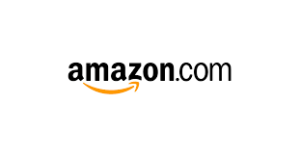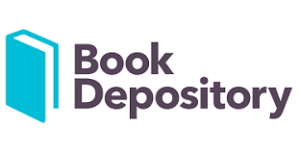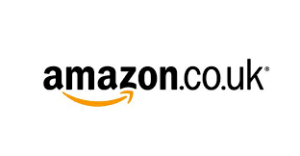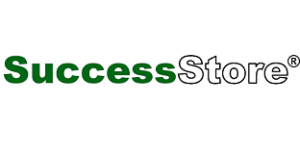Greetings, Future of Work Community!
The Challenge: In today’s dynamic landscape, there’s been a noticeable gap between employer hybrid policies and employee expectations when it comes to the “desired state” of work arrangements. However, this gap is narrowing, and both employers and employees are taking steps to make flexible work, ‘work’ as business as usual practice. Other priorities are taking over the agenda but that doesn’t mean flexible work is working at its best – yet.
The Solution: From our work, we see the transition to hybrid work models showing up in three distinct phases.
Phase 1: Base Camp Some organizations (not many) are still in the early stages of defining their vision and narrative around flex working. They’re laying the groundwork to establish new models that cater to evolving work patterns and demands. This phase involves embracing the basics and getting the framework up and running.
Phase 2: Refinement, improvement and Integration The majority of businesses find themselves in Phase 2. They’ve spent 12-18 months adapting to their declared approaches (the ‘what’) and are now in a position where they’re exploring strategies to further refine and integrate their flex models (the ‘how’). This involves addressing specific challenges and concerns encountered over recent months, bridging gaps between employer policies and employee preferences, and making necessary course corrections to legacy processes and definitions of productivity. The dial has been turned up in the conversation with notable recent announcements (or clarifications) about their strategies, highlighting the importance of ongoing adaptation. Employees are also actively evaluating if this model aligns with their preferences so ongoing flexibility will be critical.
Phase 3: Beyond Hybrid In Phase 3, some organizations have moved beyond the flex continuum. These pioneers, perhaps concentrated within specific sectors, single site or more remote friendly firms, have seamlessly integrated a more flexible work model, agenda and culture. Their experiences provide valuable insights into a successful transition. A critical theme in this phase is the shift in narrative, where the focus is not solely on the past or present hybrid debate but on achieving future-focussed work flexibility and organizational adaptability across the board. This encompasses reforming processes, enhancing employee experiences, reconfiguring workplaces, and aligning changes with ongoing cultural and transformational agendas. The emphasis shifts to enabling teams to drive changes and improvements collaboratively rather than imposing them from the top down. Furthermore, ongoing support for managers to lead ongoing change becomes paramount in ensuring sustained success.
The Future Agenda: As we move forward, the perspective is shifting beyond the mere transition to a flex/hybrid model. The focus broadens to encompass the broader realm of business and work transformation opportunities and challenges. It’s about embracing the potential for change, adapting to evolving needs, and fostering a culture of agility that goes beyond the hybrid debate.
✨ In Conclusion ✨ The journey towards a flexible and agile workplace is an ongoing one, with new horizons and milestones on the horizon. Organizations that prioritize adapting to ongoing change as a habit and skill will be better equipped to meet the demands of a dynamic future.
Let’s connect and continue the conversation.📩 Share your thoughts, insights, and experiences. Find out how our range of solutions can help – get in touch on [email protected]
Here’s to an agile future! 🚀🌟 #AgileWorkplace #FlexEvolution #WorkTransformation








